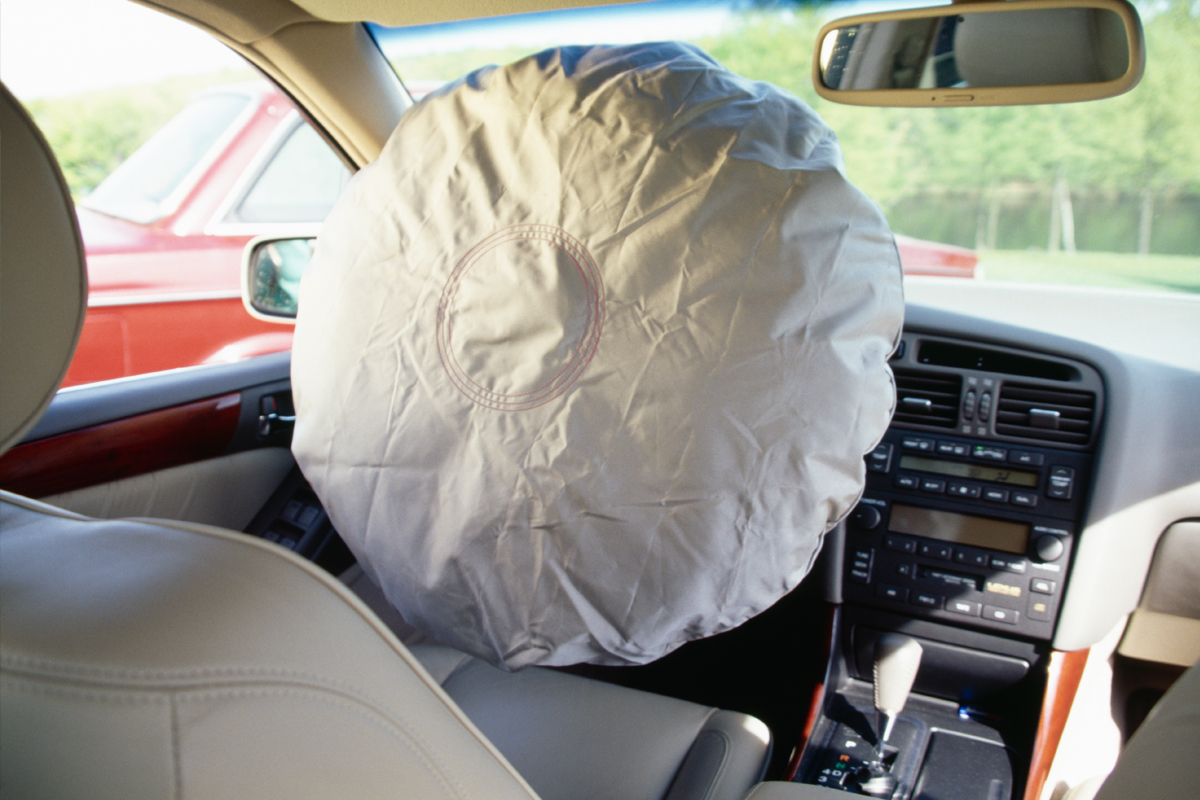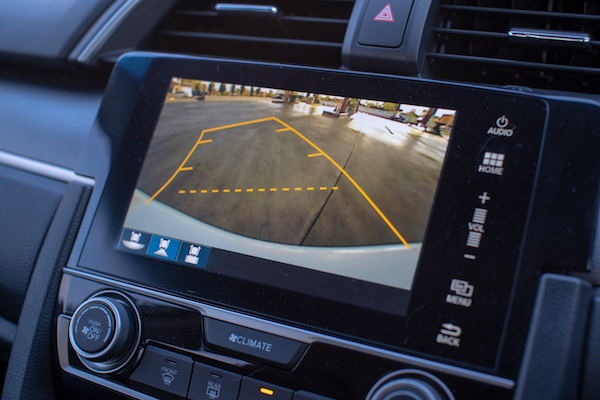When it comes to owning a van, safety should be a top priority. Whether you use your van for business purposes or as a family vehicle, understanding the safety features available can provide peace of mind and protect you and your passengers on the road. In this blog post, we will explore the essential van safety features that you should be aware of. By understanding these features and their importance, you can make an informed decision when choosing a van and enhance your overall safety while driving. Remember, it’s not just about the vehicle; it’s about taking proactive steps to ensure a secure journey.
Advanced Airbag Systems:
Airbags have become a standard safety feature in modern vehicles, and vans are no exception. However, the sophistication of airbag systems has evolved over the years. Today, many vans are equipped with advanced airbag systems that go beyond front airbags. Look for side-curtain airbags, knee airbags, and seat-mounted airbags. These additional airbags provide increased protection in the event of a collision from different angles, reducing the risk of injuries to occupants.

Anti-lock Braking System (ABS):
The Anti-lock Braking System (ABS) is a crucial safety feature that helps prevent wheels from locking up during sudden braking, allowing the driver to maintain steering control. ABS improves overall vehicle stability and reduces the chances of skidding or losing control in emergency braking situations. It’s an invaluable feature, especially when driving in adverse weather conditions or on slippery surfaces. Always ensure that the van you choose is equipped with ABS.

Electronic Stability Control (ESC):
Electronic Stability Control (ESC) is a life-saving safety feature that helps prevent skidding and loss of control during sudden manoeuvres. It uses sensors to monitor the van’s direction and compares it to the driver’s intended path. If the van starts to veer off course, ESC applies individual brakes and adjusts engine power to bring the vehicle back under control. This feature greatly reduces the risk of rollovers and enhances overall stability, particularly in challenging driving situations.

Blind Spot Detection:
Vans often have larger blind spots due to their size and design. Blind Spot Detection systems use sensors to monitor the vehicle’s blind spots and provide visual or audible warnings if there is another vehicle in those areas. This feature helps drivers make safer lane changes and reduces the likelihood of collisions caused by blind spot-related accidents. When choosing a van, consider models that offer Blind Spot Detection for enhanced safety.

Rearview Cameras and Parking Sensors:
Parking can be a challenge, especially in crowded areas or when manoeuvring a larger vehicle like a van. Rearview cameras and parking sensors assist drivers by providing a clear view of the area behind the van and alerting them to obstacles while parking or reversing. These features help prevent collisions with pedestrians, objects, or other vehicles, making parking safer and more convenient.

Prioritising safety is essential when choosing a van, and understanding the available safety features is a crucial step in ensuring the well-being of you and your passengers. Advanced airbag systems, anti-lock braking systems, electronic stability control, blind spot detection, rearview cameras, and parking sensors are just a few of the vital safety features you should look for when considering a van. Remember to compare quotes for van insurance to find the best deal and provide comprehensive coverage for your vehicle. By equipping yourself with knowledge about these features and making informed decisions, you can enjoy a safer and more secure driving experience in your van.
